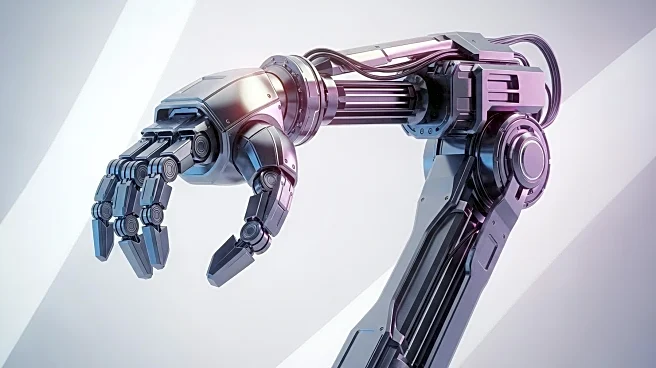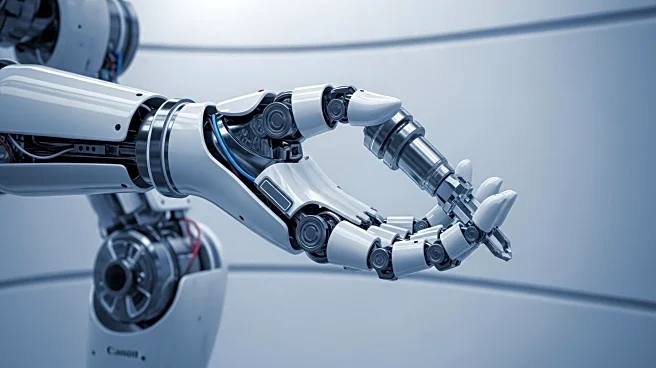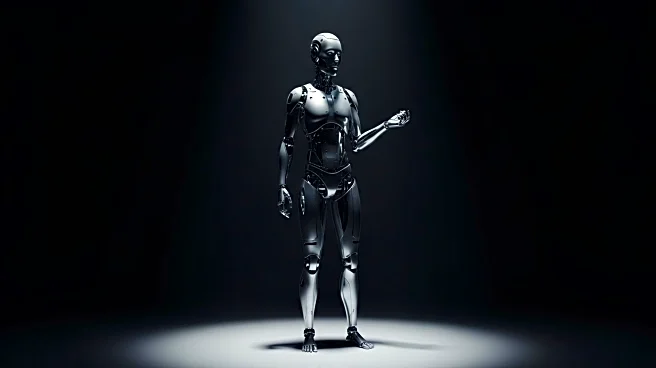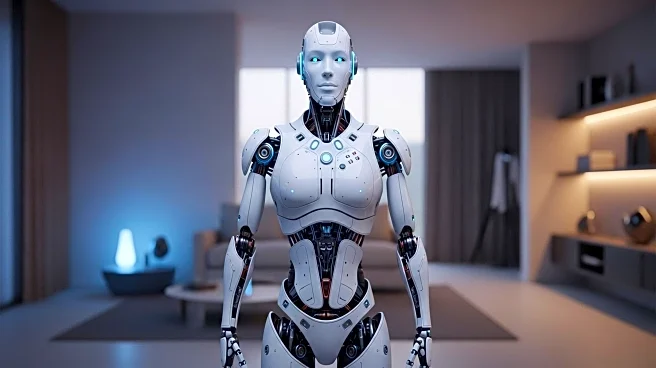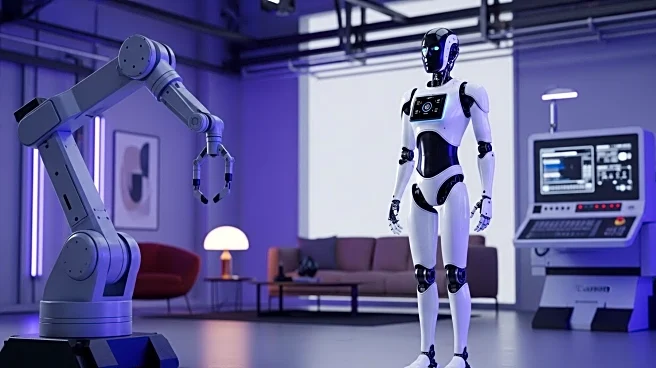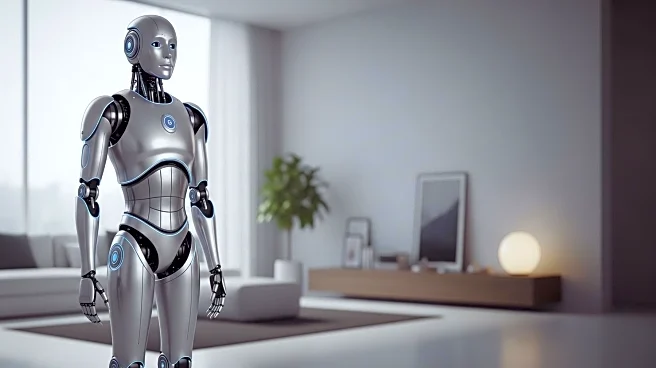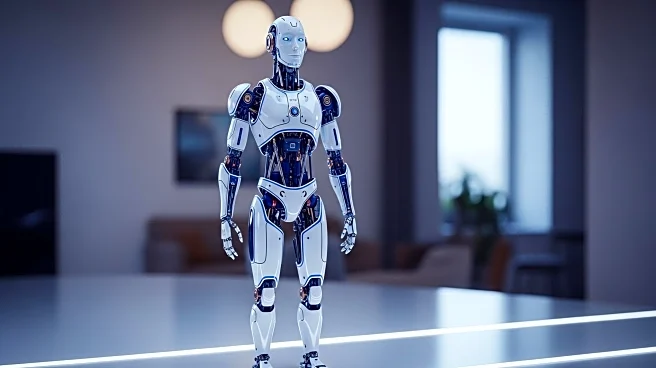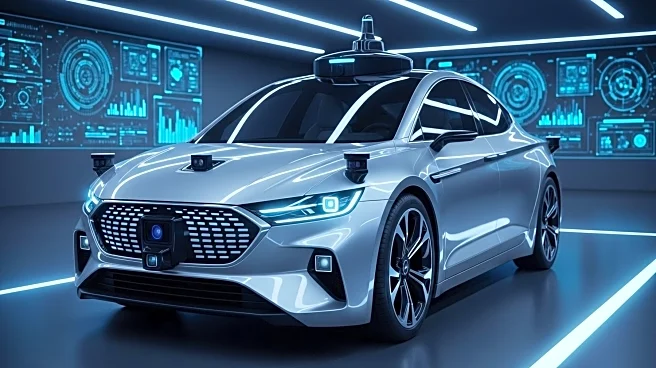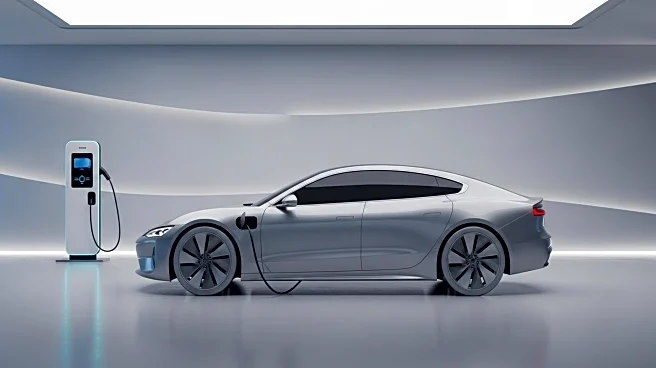What's Happening?
Rodney Brooks, a prominent robotics expert, has criticized the investment strategies of companies focusing on humanoid robots, such as Tesla and Figure. Brooks argues that these companies' attempts to teach robots flexible operations by mimicking human tasks are unrealistic. He points out the complexity of human tactile receptors, which current robotic technology cannot replicate. Brooks also highlights safety concerns, noting that larger humanoid robots pose significant risks due to the energy required to maintain balance. He predicts that future successful robots will likely feature wheels and multiple robotic arms, rather than human-like forms. Brooks believes that current investments are funding experiments that will not lead to mass production.
Why It's Important?
Brooks' critique challenges the current trajectory of humanoid robot development, suggesting that significant investments may not yield practical results. His insights could influence investor decisions, potentially redirecting funds towards more feasible robotic designs. The safety concerns he raises are crucial as companies aim to deploy humanoid robots in various environments, including homes and workplaces. Brooks' predictions about future robot designs could reshape industry priorities, focusing on functionality over human-like appearances. This shift could lead to new innovations and applications in robotics, impacting the industry's growth and development.
What's Next?
The industry may need to reconsider its focus on humanoid robots and explore alternative designs that prioritize safety and functionality. Investors might become more cautious, potentially affecting funding for humanoid projects. Companies could shift their research efforts towards improving robotic dexterity and safety features. Brooks' predictions suggest a future where robots are designed for practicality rather than human resemblance, which could lead to new technological advancements. The industry will likely continue exploring ways to enhance tactile data technology, crucial for improving robot dexterity and functionality.
Beyond the Headlines
Brooks' critique raises broader ethical and practical considerations in robotics, such as the balance between innovation and safety. The focus on humanoid robots prompts discussions about the societal implications of integrating robots into daily life, including privacy and security concerns. As robots become more prevalent, debates about their role in society and potential impact on human employment will continue. Brooks' predictions about future robot designs suggest a shift towards utilitarian forms, which could redefine public perceptions of robotics and influence cultural attitudes towards technology.

